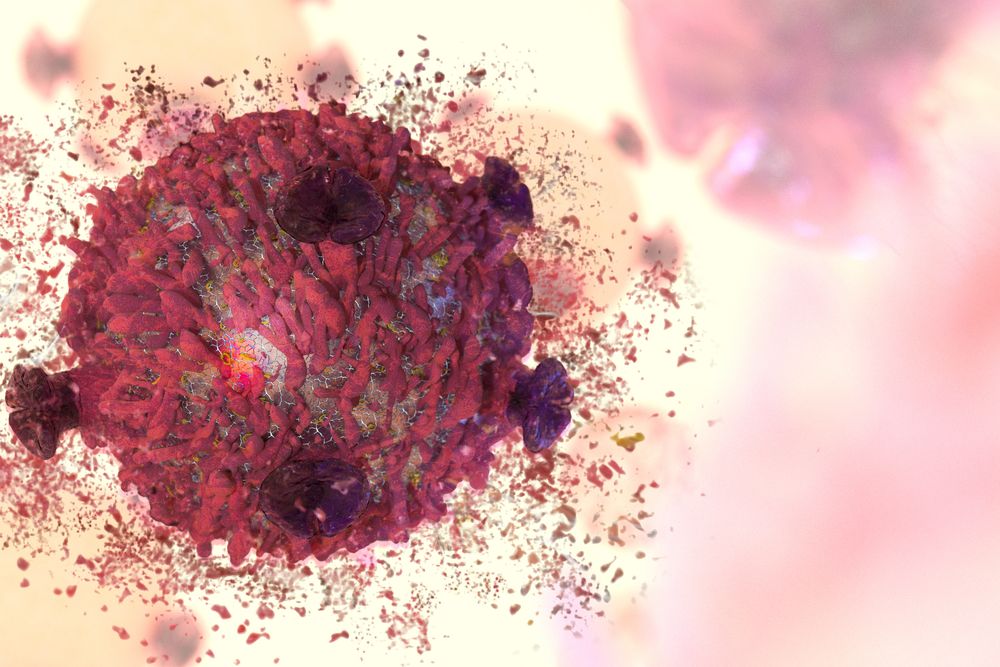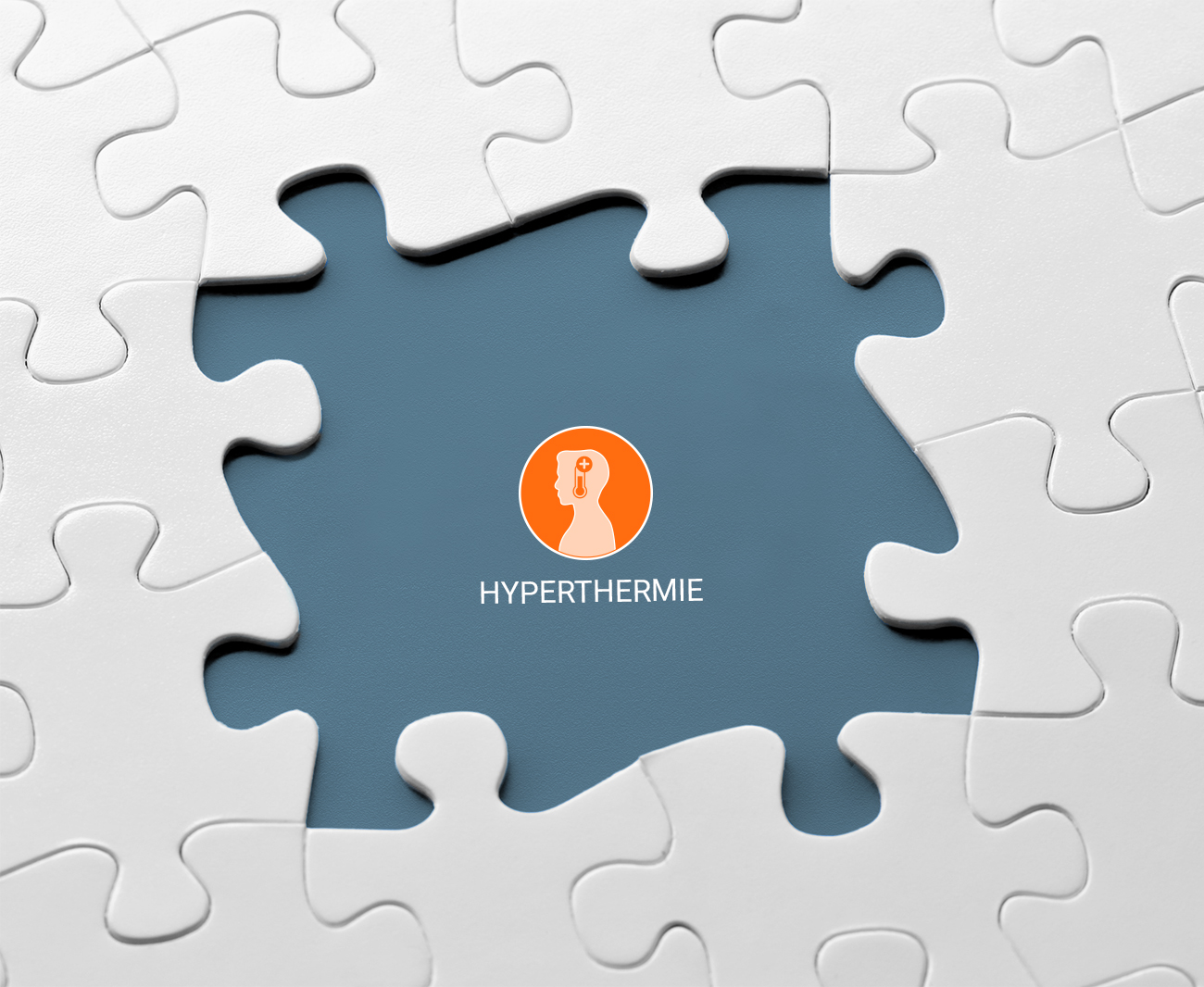
Hyperthermia: The optimal treatment to overcome problems of radiation resistant hypoxia
Hyperthermia: The optimal treatment to overcome problems of radiation resistant hypoxia
Regions with low oxygen supply (hypoxia) are a characteristic feature of solid tumors, and the cells present in these regions are an important factor influencing radiation resistance and playing an important role in malignant progression. As a result, numerous preclinical and clinical trials have been undertaken to overcome this hypoxia. These approaches include improving oxygen availability, radiosensitizing or killing hypoxic cells, or using high LET (linear energy transfer) radiation, resulting in a lower OER (oxygen improvement ratio).
Interestingly, hyperthermia (heat treatments of 39-45°C) causes many of these effects and can easily improve the situation. In particular, it increases the blood flow and thus improves the oxygen supply to the tissue, sensitizes via DNA repair inhibition and can kill cells directly or indirectly through vascular damage. The combination of hyperthermia with low LET radiation can even lead to anti-tumor effects similar to those of high LET. The different mechanisms depend on the time and sequence between radiation and hyperthermia, the heating temperature and the heating time. In this work by researchers from Aarhus and Amsterdam, the role of these factors in influencing the interaction between hyperthermia and radiation will be discussed and some randomized clinical trials will be summarized showing the benefits of such a combination and suggesting the possible future clinical application of this combination.
The full review can be found here.
Your Celsius42 Team
